Apoptosis
Apoptosis is a fundamental biological phenomenon that is widespread in life. It plays a very important role as cell growth, development and proliferation. Now it is thought that one of the important markers for it is that: the extracellular stimuli that cause induction of apoptosis must undergo a series of intracellular signal transduction, resulting in selective DNA fracture between nucleosomes. The term was first proposed in the 1970s, referring to the gene-controlled mild death of single kinds of cells under certain physiological or pathological conditions. During the emergence and development of multi-cellular organisms, in order to maintain normal physiological function, a fraction of the cells will undergo spontaneous cell death. The kind of spontaneous cell death is regulated by a series of related intracellular regulatory molecules, and is accompanied by typical morphological changes. This phenomenon is called apoptosis.
Apoptosis refers to the process that the cell undergoes automatic end of life under certain physiological or pathological conditions via internal controlled genetic mechanisms. Instead, programmed cell death (PCD) refers to responsive death of cells to certain physiological stimuli during the biological processes of development, it requires a certain level of gene expression. Apoptosis refers to the description of series of fixed-pattern of morphological changes during the process of cell death while PCD mainly focused on the concept of function. There are differences between these two terms, but are still often confused.
Apoptosis or programmed cell death (PCD) is an active spontaneous cell death process adopted multi-cellular organism in order to regulate the body's development and maintain the homeostasis. It is controlled by the Pb gene. Currently, the spontaneous degenerative cell death phenomena have various names. The most commonly used is programmed cell death (PCD), it was originally used in the subject of embryonic development. During the differentiation process of embryonic cells, the spontaneous degenerative death of the specific parts of cells is due to that intracellular genes of this part have undergone expression according to certain program, also known as gene mandatory cell death, physiological cell death, naturally occurring cell death, cell suicide and apoptosis.
Apoptosis is characterized by series of morphological changes including concentrated nucleus, the fragmentation of chromosomal DNA into ladder fragment in nucleosome units, cells shrinking and eventually forming apoptotic body. It does not cause the dissolution of surrounding cells. Apoptosis dispersively and periodically progress in the population of cells and also depends on the supply of ATP and RNA as well as protein synthesis, belonging to active exclusion mechanisms. It can not only be observed during the physiological conditions such as ontogeny and egg withdrawal, but also can be observed in many diseases and pathological conditions such as autoimmune diseases, neurological deterioration diseases and ischemic diseases. The intracellular information transduction pathway can be roughly divided into two stages, namely the induction phase and the implementation phase.
The induction factors in the induction phase of apoptosis include endogenous and exogenous factors. Endogenous factors include the activation of the apoptosis-inducing mechanisms (such as Fas ligand and tumor necrosis factor, etc.) and inactivation of the inhibitory mechanisms (growth factors, hormones, growth factor receptors and other factors). Exogenous factors include physical factors including radiation and heat shock, chemical factors such as drugs and poisons and biological factors such as viruses and bacteria. In recent years, it has been also found that that the effects of reactive oxygen and nitric oxide in nervous system disorders, cardiovascular disease, autoimmune diseases and aging are more or less related to the apoptosis.
Recent studies have shown that the key step of apoptosis doesn’t occur at cell nuclei, but in the cytoplasm. Before the apoptotic cells were induced of morphological properties changes and DNA degradation, the mitochondrial membrane function changes, endometrial transmembrane potential will disappear and the protease activator inside the mitochondria will be released, stimulating the apoptosis associated various metabolic changes.
The biological function s of apoptosis
(1) Eliminate useless or unwanted cells; during the development process of the human brain, 95% of cells undergo cell death.
(2)Eliminate the cells that no longer function such as the tail cell death during tadpole metamorphosis; the mammalian endometrial epithelial cell death during the menstrual period.
(3) Remove the cells undergoing abnormal development. For example, during the development of the vertebrate visual system, if the neurons don’t form the correct neurons connections, they will be removed.
(4) Remove some harmful cells. For example, thymocytes will be induced of death before leaving the thymus.
Process of apoptosis
Apoptotic process can be divided into four stages:
(1) Signal transduction of apoptosis
After the binding of the intra-/extra-cellular cell apoptosis inducing factor to the targeted cellular receptor, the cells will produce complex biochemical reactions, forming apoptosis related second messenger: signaling molecules such as cAMP, Ca2 + and ceramide will form death signal.
(2) Activation of apoptotic gene
Regulatory apoptotic genes, after receiving death signal, start the onset according to predetermined program, and start the synthesis of various enzymes and apoptosis related substances.
(3) The execution of apoptosis (common pathway)
The major executors of apoptosis include two types of enzymes: endonuclease (endogenous nuclease Dnase) - the complete destruction of the cell biological command system; Caspases 3 – the complete disintegration of the cell structure.
(4) Removal of apoptotic cells
After apoptosis, cells can be decomposed by neighboring macrophages.
- Structure:
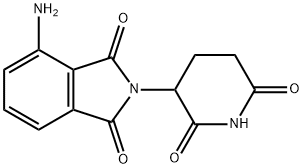
- Chemical Name:Pomalidomide
- CAS:19171-19-8
- MF:C13H11N3O4
- Structure:
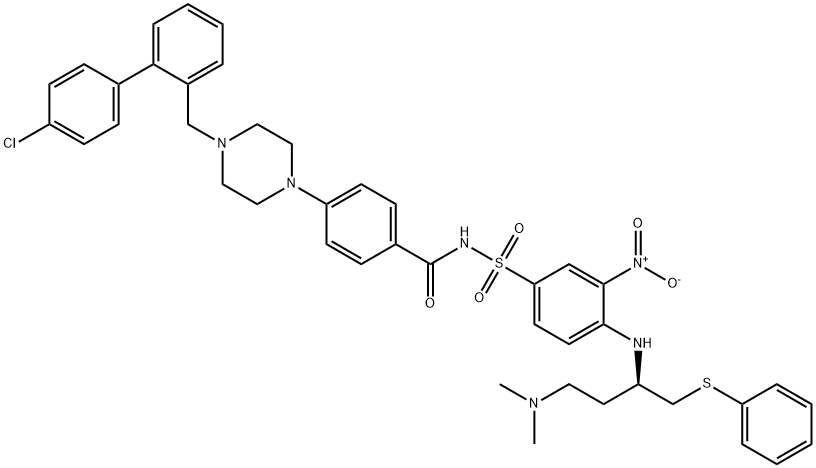
- Chemical Name:ABT 737
- CAS:852808-04-9
- MF:C42H45ClN6O5S2
- Structure:
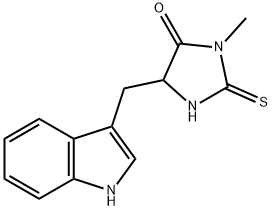
- Chemical Name:Necrostatin-1
- CAS:4311-88-0
- MF:C13H13N3OS
- Structure:

- Chemical Name:Z-VAD-FMK
- CAS:187389-52-2
- MF:C22H30FN3O7
- Structure:
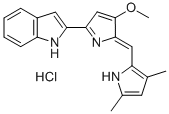
- Chemical Name:Obatoclax mesilate
- CAS:803712-79-0
- MF:C20H19N3O.CH4O3S
- Structure:
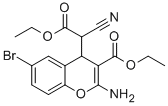
- Chemical Name:HA14-1
- CAS:65673-63-4
- MF:C17H17BrN2O5
- Structure:
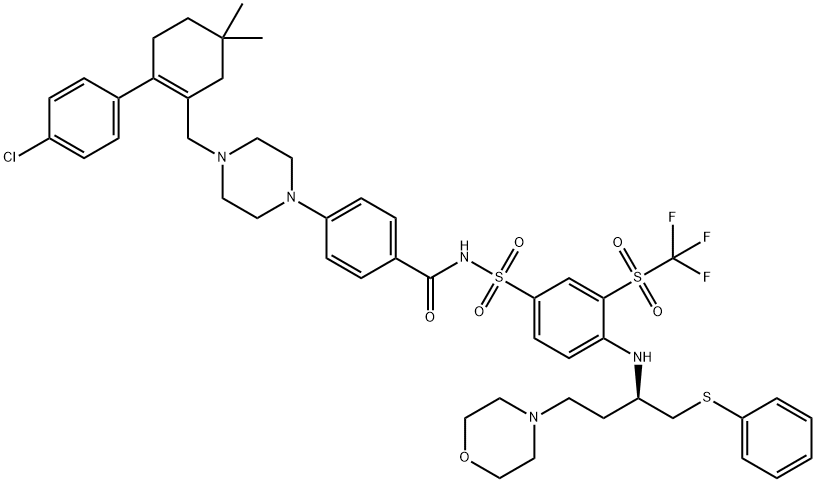
- Chemical Name:ABT 263
- CAS:923564-51-6
- MF:C47H55ClF3N5O6S3
- Structure:

- Chemical Name:5,5'-(2,5-FURANDIYL)BIS-2-THIOPHENEMETHANOL
- CAS:213261-59-7
- MF:C14H12O3S2
- Structure:
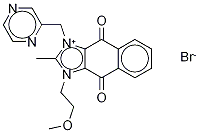
- Chemical Name:YM155
- CAS:781661-94-7
- MF:C20H19BrN4O3
- Structure:
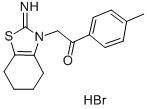
- Chemical Name:Pifithrin-α (PFTα)
- CAS:63208-82-2
- MF:C16H19BrN2OS
- Structure:
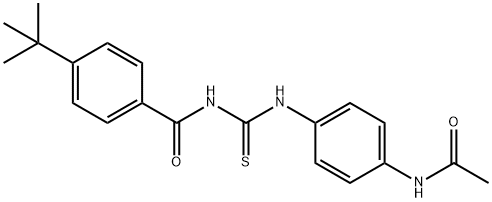
- Chemical Name:TENOVIN-1
- CAS:380315-80-0
- MF:C20H23N3O2S
- Structure:

- Chemical Name:TW-37
- CAS:877877-35-5
- MF:C33H35NO6S
- Structure:
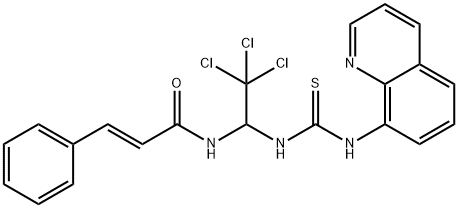
- Chemical Name:SALUBRINAL
- CAS:405060-95-9
- MF:C21H17Cl3N4OS
- Structure:

- Chemical Name:PAC1
- CAS:315183-21-2
- MF:C23H28N4O2
- Structure:
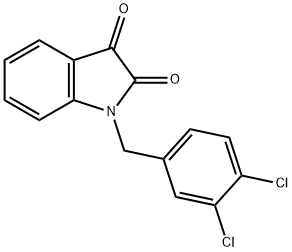
- Chemical Name:1-(3,4-DICHLOROBENZYL)-1H-INDOLE-2,3-DIONE
- CAS:79183-19-0
- MF:C15H9Cl2NO2
- Structure:

- Chemical Name:Z-DEVD-FMK
- CAS:210344-95-9
- MF:C30H41FN4O12
- Structure:
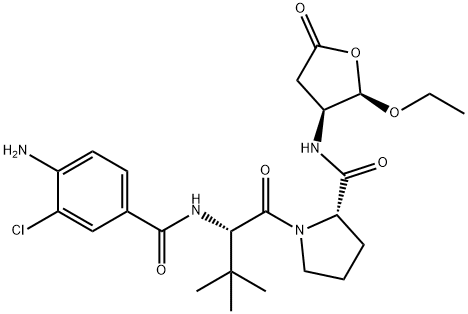
- Chemical Name:(S)-1-((S)-2-(4-amino-3-chlorobenzamido)-3,3-dimethylbutanoyl)-N-((2R,3S)-2-ethoxy-5-oxotetrahydrofuran-3-yl)pyrrolidine-2-carboxamide
- CAS:273404-37-8
- MF:C24H33ClN4O6
- Structure:
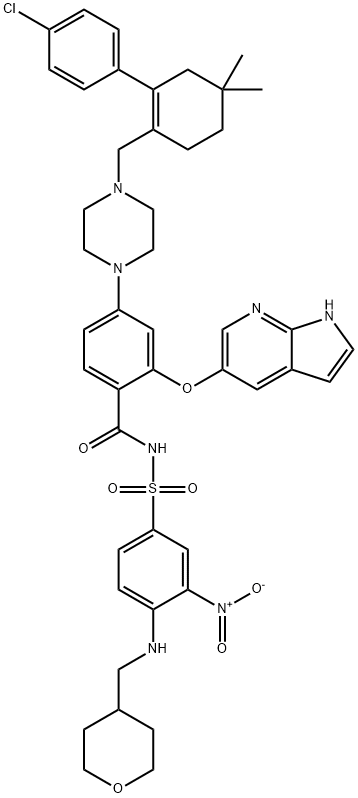
- Chemical Name:ABT-199
- CAS:1257044-40-8
- MF:C45H50ClN7O7S
- Structure:
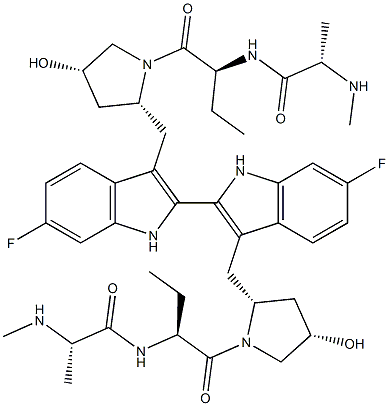
- Chemical Name:Birinapant
- CAS:1260251-31-7
- MF:C42H56F2N8O6
- Structure:
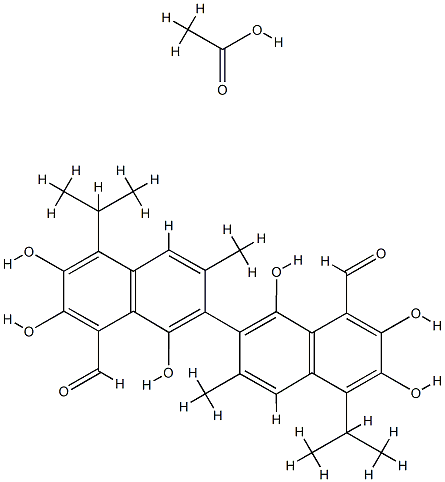
- Chemical Name:AT-101
- CAS:866541-93-7
- MF:C32H34O10
- Structure:
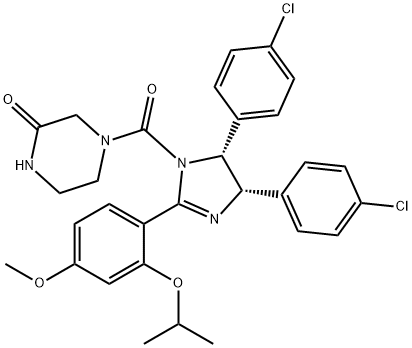
- Chemical Name: Nutlin 3a
- CAS:675576-98-4
- MF:C30H30Cl2N4O4
- Structure:
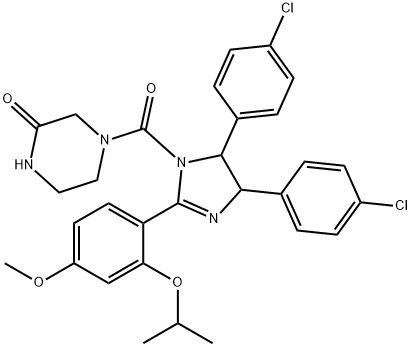
- Chemical Name:4-[[4,5-Bis(4-chlorophenyl)-4,5-dihydro-2-[4-methoxy-2-(1-methylethoxy)phenyl]-1H-imidazol-1-yl]carbonyl]-2-piperazinone
- CAS:890090-75-2
- MF:C30H30Cl2N4O4
- Structure:
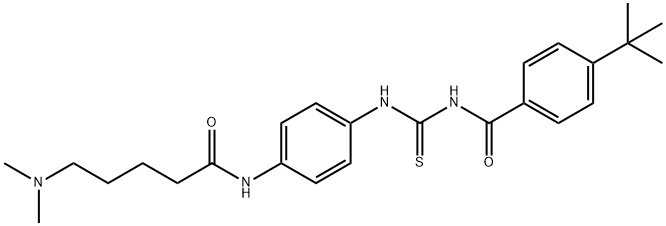
- Chemical Name:Tenovin-6
- CAS:1011557-82-6
- MF:C25H34N4O2S
- Structure:
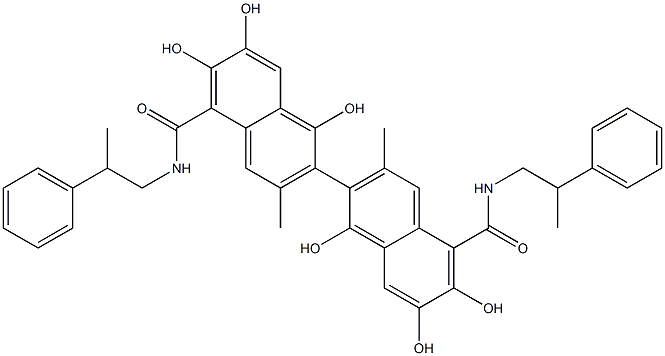
- Chemical Name:BI-97C1
- CAS:1228108-65-3
- MF:C42H40N2O8
- Structure:
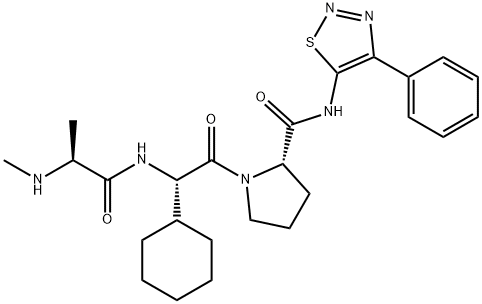
- Chemical Name:GDC-0152
- CAS:873652-48-3
- MF:C25H34N6O3S
- Structure:
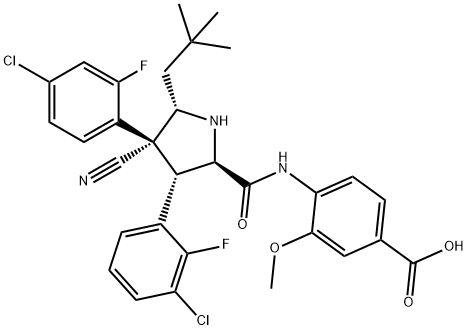
- Chemical Name:RG-7388
- CAS:1229705-06-9
- MF:C31H29Cl2F2N3O4
- Structure:

- Chemical Name:Pifithrin-μ
- CAS:64984-31-2
- MF:C8H7NO2S
- Structure:
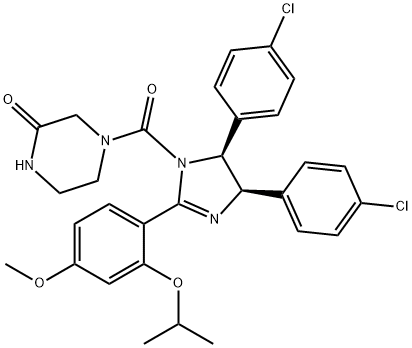
- Chemical Name:Nutlin-3b
- CAS:675576-97-3
- MF:C30H30Cl2N4O4
- Structure:
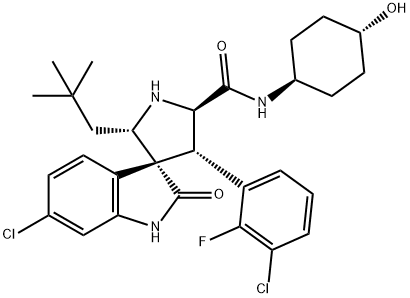
- Chemical Name:SAR405838 (MI-773)
- CAS:1303607-60-4
- MF:C29H34Cl2FN3O3
- Structure:
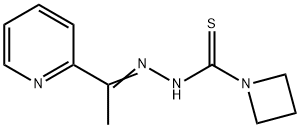
- Chemical Name:NSC319726
- CAS:71555-25-4
- MF:C11H14N4S
- Structure:
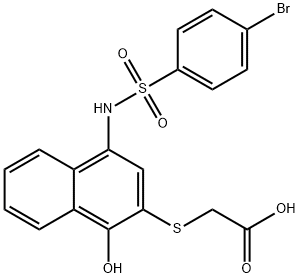
- Chemical Name:UMI-77
- CAS:518303-20-3
- MF:C18H14BrNO5S2
- Structure:
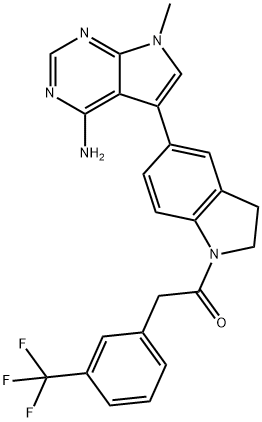
- Chemical Name:7Methyl-5-(1-{[3-(trifluoroMethyl)phenyl]acetyl}-2,3-dihydro1Hindol-5-yl)7Hpyrrolo[2,3d]pyriMidin-4-aMine
- CAS:1337531-36-8
- MF:C24H20F3N5O
- Structure:
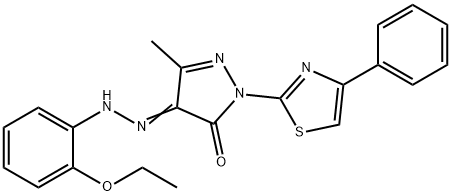
- Chemical Name:BAM7
- CAS:331244-89-4
- MF:C21H19N5O2S
- Structure:
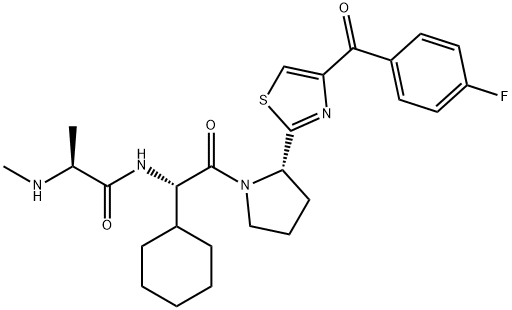
- Chemical Name:LCL-161
- CAS:1005342-46-0
- MF:C26H33FN4O3S
- Structure:
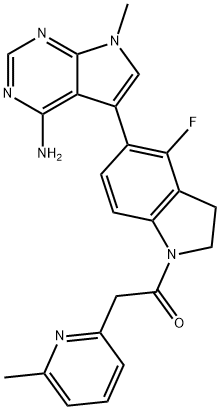
- Chemical Name:GSK2656157
- CAS:1337532-29-2
- MF:C23H21FN6O
- Structure:
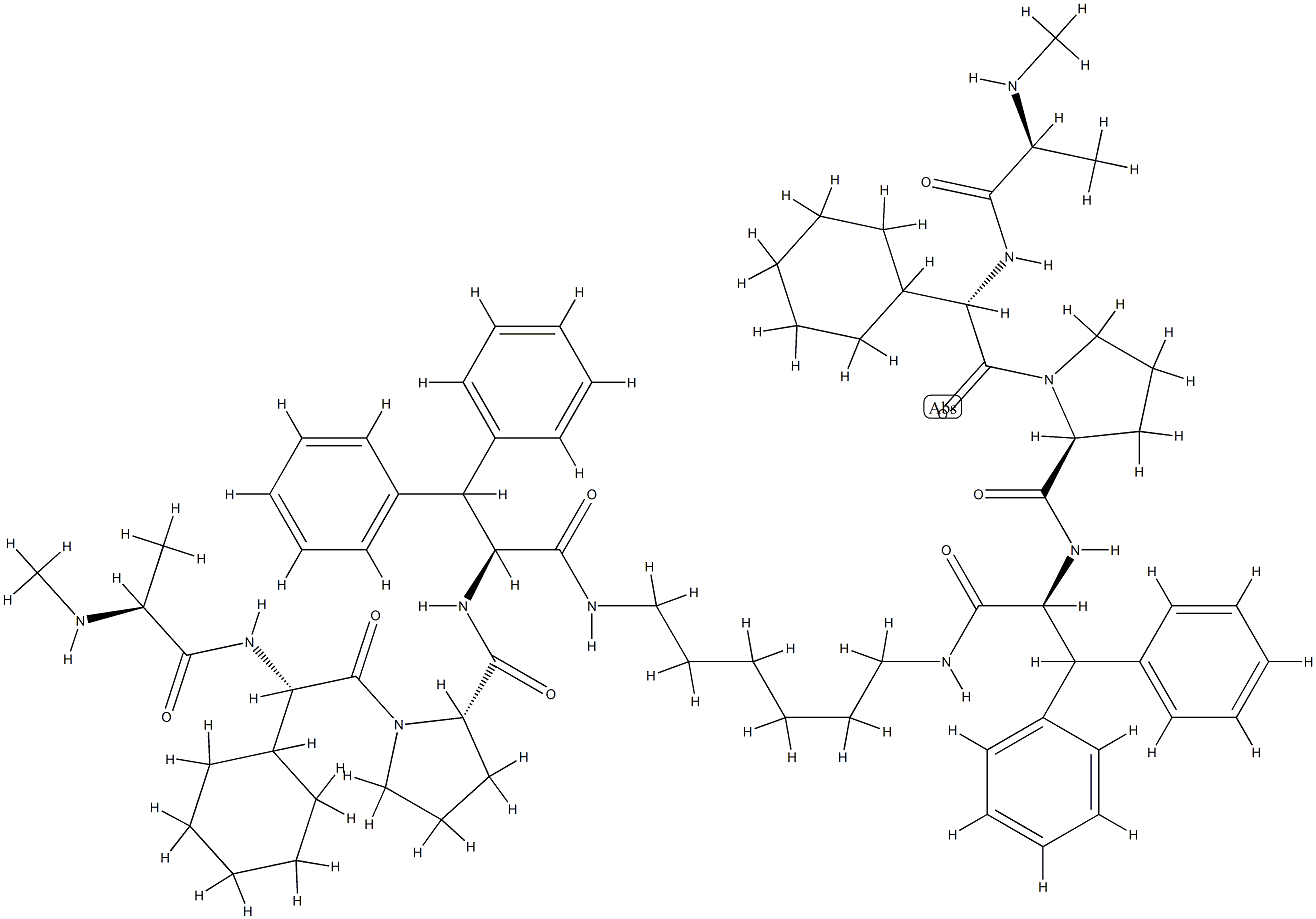
- Chemical Name:BV6
- CAS:1001600-56-1
- MF:C70H96N10O8
- Structure:
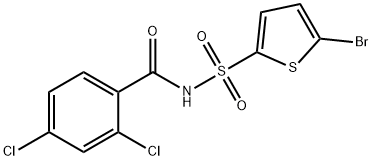
- Chemical Name:Tasisulam
- CAS:519055-62-0
- MF:C11H6BrCl2NO3S2
- Structure:
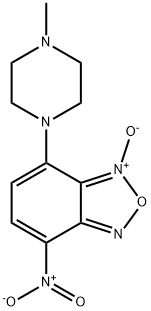
- Chemical Name:4-(4-Methyl-1-piperazinyl)-7-nitrobenzofurazane 3-oxide
- CAS:58131-57-0
- MF:C11H13N5O4
- Structure:
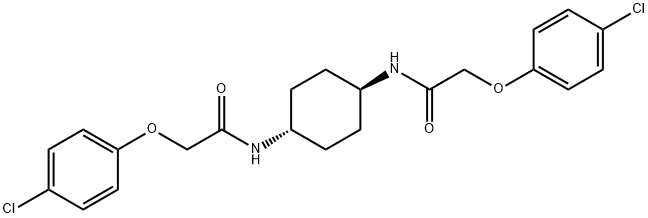
- Chemical Name:ISRIB (trans-isoMer)
- CAS:1597403-47-8
- MF:C22H24Cl2N2O4
- Structure:
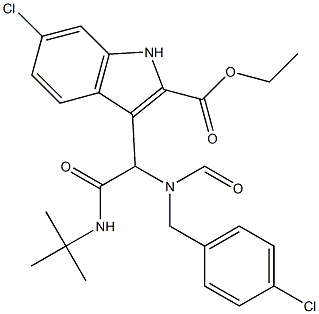
- Chemical Name:YH239-EE
- CAS:1364488-67-4
- MF:C25H27Cl2N3O4